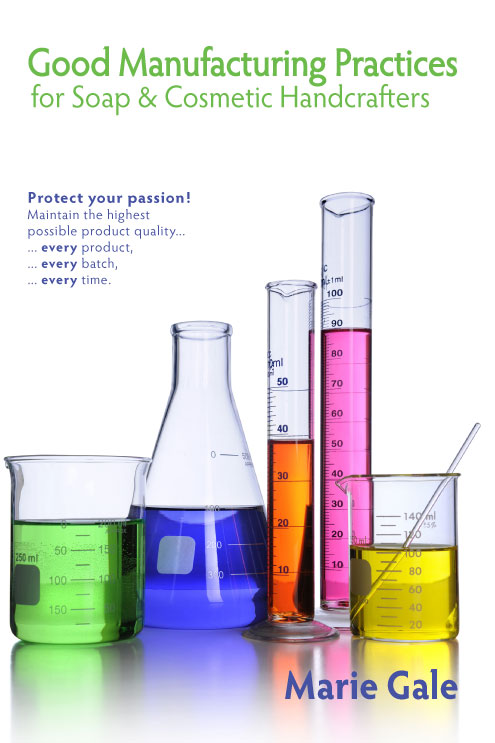There are eight main types of information and documentation that must be considered and addressed when implementing your good manufacturing practices. While each plays a part, they are inter-related; you can get an overview on good manufacturing practices in general by understanding these eight different areas.
1. Documentation
First and foremost, everything must be documented. That means written down. It’s not enough to just know or remember all the different parts. Each piece needs to be written down, recorded, and records kept. Off-site backups of all documentation (paper or electronic) is needed.
2. Standard Operating Procedures
Standard Operating Procedures (SOPs) are the written procedures that detail everything you do (or should be doing) to ensure your products are of the highest quality. While some directly relate to production (like making sure the space is clean or the scale calibrated), many are several steps back from the finished product (like training personnel, or handling complaints). As an idea (and this is not a complete list), you should have SOPs in place for things like:
- Documentation and filing
- Equipment operation
- Equipment maintenance
- Storage (when, where, how, what)
- Cleaning procedures
- Pest control
- Training staff
- Safety procedures
- Inventory turnover
- Numbering systems
- Retaining Samples
- Handling product complaints
- Handling product returns
3. Specification Sheets
Every ingredient or material that you use, including packaging materials, should have a specification sheet detailing what the exact specifications are for that item, what to do if the specifications aren’t met, and the approved supplier(s) for that item.

4. Lot Numbers
Every incoming shipment of ingredients, packaging, or other materials must be assigned a unique lot number which is tracked through the entire production process.
5. Master Formulas
Every formula (or “recipe”) that you use should be documented in detail, with not only the ingredients, but the processes used to make your product, written in such a way that any person reasonably familiar with making products could do it without supervision.
6. Batch Records
Complete documentation of every batch made from a Master Formula, including details of exactly what was done (hopefully what is required by the Master Formula, but if not, then exactly what was done), initialed by who did it. Lot numbers for each ingredient or packaging material used should be included.
7. Batch Numbers
Every batch should be assigned a unique number so the batch can be tracked, and the batch number printed on the label of the products produced in that batch.
8. Retain Samples
A sample of each batch, in the original packaging, should be retained for at least 1 year past the expected shelf life of the product.




Leave a Reply